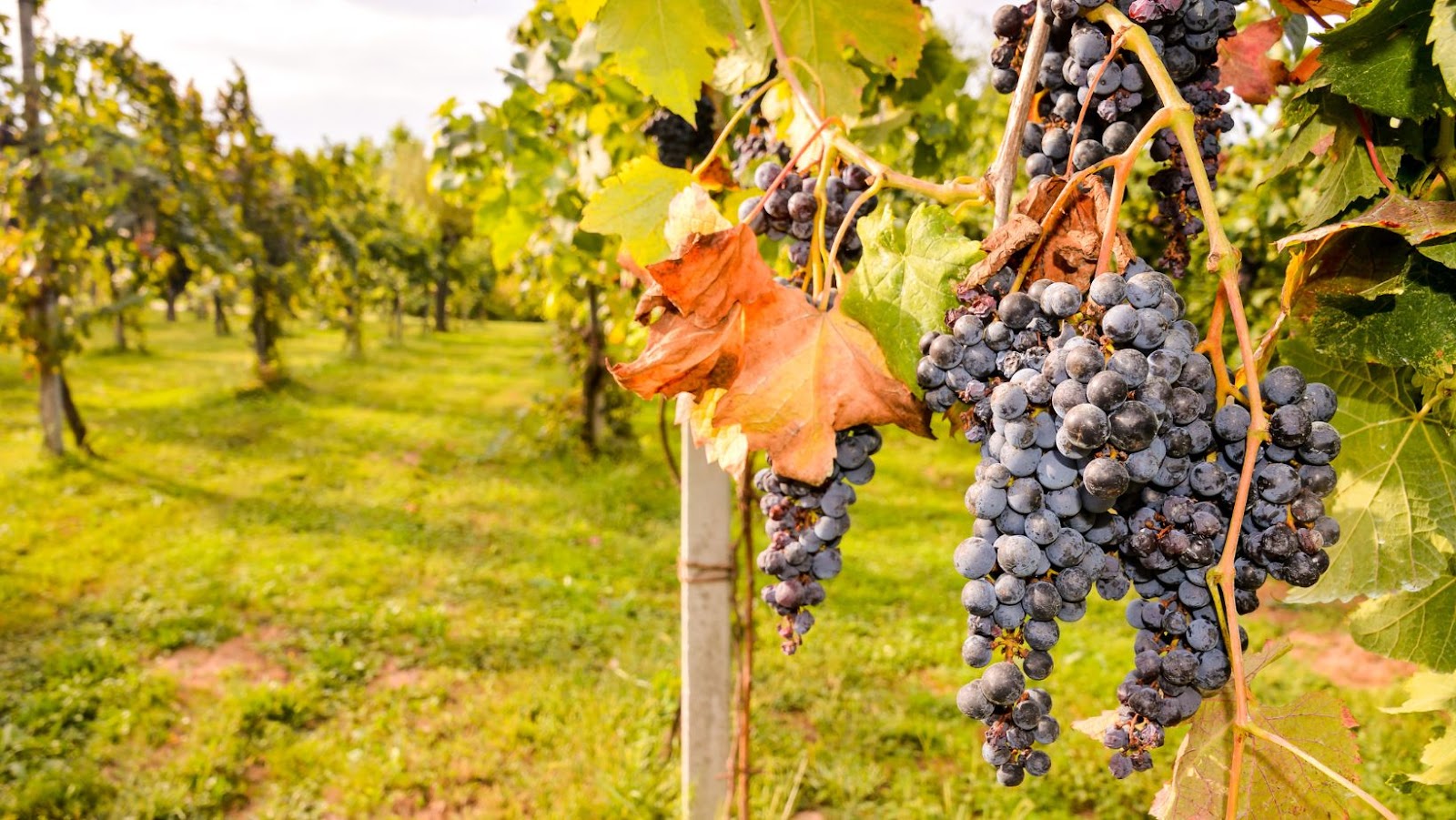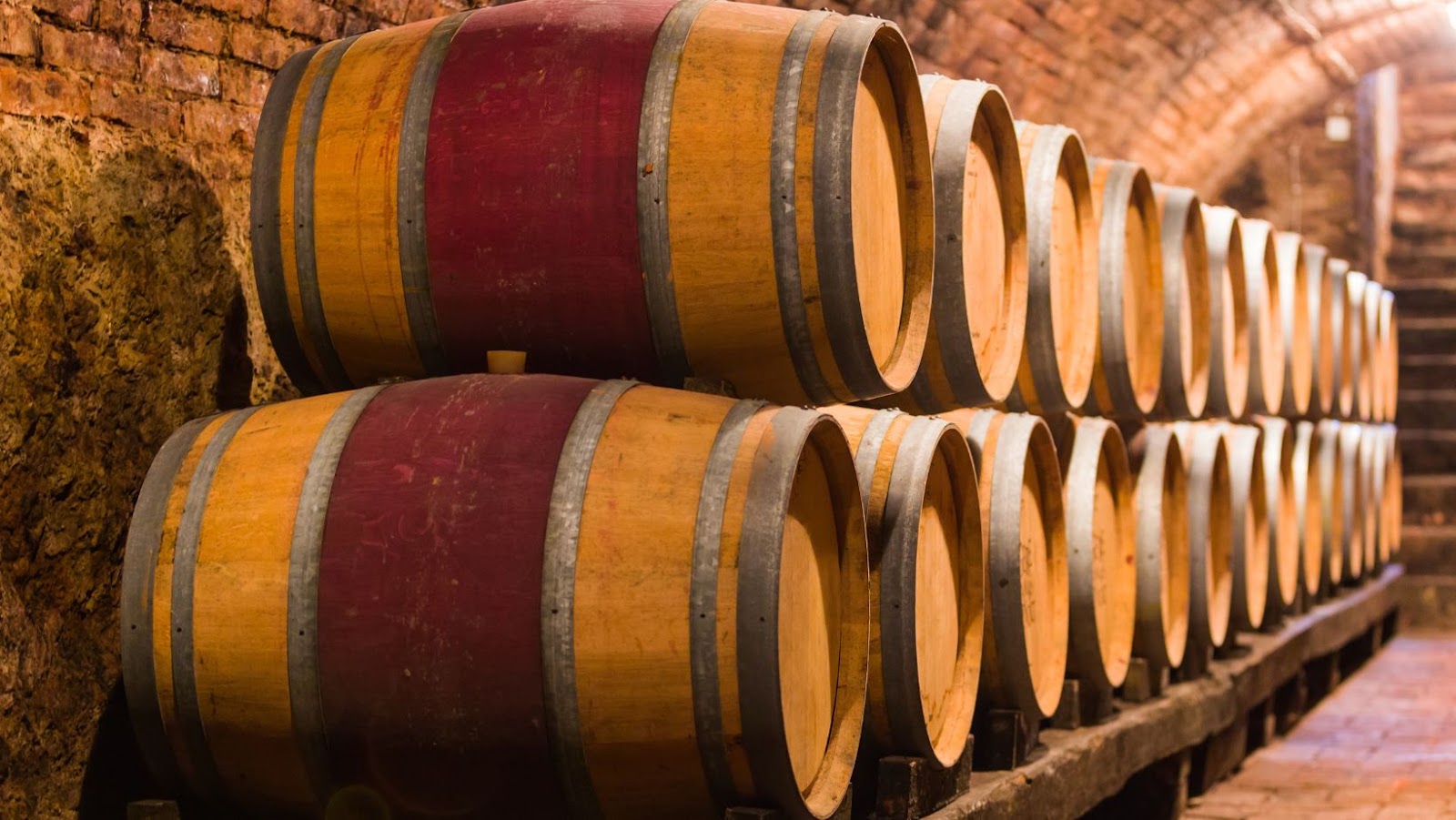The Process of Producing Sweet Wine

Sweet wine is a type of wine that is characterized by its high sugar content. The sweetness of sweet wine can be derived from either the addition of sugar or from the wine’s natural grape sugar content. The fermentation process of sweet wine is stopped before all the sugars are converted to alcohol, resulting in sweeter tasting wine.
What Makes a Wine Taste Sweet?
The level of sweetness in wine is determined by the amount of residual sugar left in the wine after fermentation. Residual sugar is the unfermented sugar left after the yeast has eaten up all the fermentable sugars in the grape. The higher the residual sugar level, the sweeter the wine will taste.
How is a Sweet Wine Made?
The production of sweet wine generally begins in the vineyard with grapes that have high sugar content. These grapes are typically picked later in the harvest season when they are ripe and have reached optimal sugar levels. Once picked, the grapes are crushed and pressed to extract the juice.
The next step in making sweet wine is to stop fermentation before all the sugars are converted to alcohol, which you can do by adding sulfur dioxide, which acts as a preservative and inhibits yeast growth. The wine is then stored in barrels or tanks, where it will age until it is ready to be bottled.
What are The Different Types of Sweet Wines?
Dessert wines are the most common type of sweet wine. These wines are typically served with dessert or as an after-dinner drink. Some famous dessert wines include Sauternes, Icewine, Riesling, Gewürztraminer, and Moscato.

Ports and Sherries are also types of sweet wine. Port is made by adding a bit of brandy to the fortified wine during fermentation, which stops fermentation and leaves a high residual sugar. Sherry is a wine that has been oxidized and has high sugar content.
Sparkling wines can also be sweet. These wines are made by adding sugar to the wine before bottling, which causes a second fermentation in the bottle. This second fermentation produces carbon dioxide, which gives sparkling wines their characteristic bubbles. Some famous sweet sparkling wines include Asti Spumante, Moscato d’Asti, and Prosecco.
How Should Sweet Wine be Served?
Sweet wine is typically served chilled or at room temperature. It can be enjoyed on its own or paired with food. When pairing sweet wine with food, it is essential to consider the level of sweetness in the wine as well as the dishes being served. For example, sweet wine like Sauternes would pair well with foie gras or a decadent chocolate dessert. Less sweet wine like Riesling would pair well with spicy dishes or fruit.
What are Some Tips for Serving Sweet Wine?
● Serve sweet wine chilled or at room temperature.
● Pair sweet wine with food that is either equally sweet or salty/savory to balance the flavors
● Consider the level of sweetness when pairing sweet wine with food.
● Enjoy sweet wine with friends at your monthly sweet wine club gathering.
How to Store Your Sweet Wine
You can store sweet wine in a cool, dark place like a basement or wine cellar. If you don’t have a wine cellar, you can store your sweet wine in the fridge. Sweet wine will last for several years if stored properly.
How Long Does Sweet Wine Last?
Sweet wine will last for several years if it is stored properly. The level of sweetness in sweet wine can change over time, so it is best to drink it within a few years of purchasing.
What are The Benefits of Drinking Sweet Wine?
Sweet wine has many health benefits. It is rich in antioxidants, which can help protect your cells from damage. Sweet wine can also help improve cardiovascular health and reduce your risk of dementia. Additionally, sweet wine can help you relax and sleep better.
What are The Drawbacks?
The main drawback of sweet wine is that it can contain a lot of sugar. If you are worried about the total amount of sugar, you should limit your consumption of sweet wine. Additionally, sweet wine is often more expensive than dry wine.
Purchasing Quality Sweet Wines
Purchasing quality sweet wines doesn’t have to be complicated. Focus on well-known producers from classic regions like France (Sauternes), Germany (Late Harvest Riesling ), and Italy (Moscato d’Asti). Don’t be afraid to venture outside the traditional wine world and try something new, like Icelandic Skyr or Australian Lamingtons.

And finally, when in doubt, always ask your trusted local wine merchant for guidance in finding the perfect sweet wine for you.
Summary
Sweet wine is a wine made with grapes with high sugar content. Sweet wine can be made into different wines, including dessert wines, ports, cherries, and sparkling wines. Sweet wine has many health benefits but can also contain a lot of sugar. If you are watching your sugar intake, you should limit your consumption of sweet wine. Additionally, sweet wine is often more expensive than dry wine.

 The Globalization of Online Betting Markets: Challenges for Bookmakers and Opportunities for Consumers
The Globalization of Online Betting Markets: Challenges for Bookmakers and Opportunities for Consumers  The Impact of Player Transfers on Team Performance and Betting Markets
The Impact of Player Transfers on Team Performance and Betting Markets  Analyzing the Role of Fan Engagement in Sports Performance: It’s the Raw, Uncut Energy, Man
Analyzing the Role of Fan Engagement in Sports Performance: It’s the Raw, Uncut Energy, Man  How to Maximize Your Rehab Insurance Benefits
How to Maximize Your Rehab Insurance Benefits  Everything You Need to Know About Car Transport for a Big Move
Everything You Need to Know About Car Transport for a Big Move  Why DUI Accidents Demand The Expertise Of A Lawyer
Why DUI Accidents Demand The Expertise Of A Lawyer